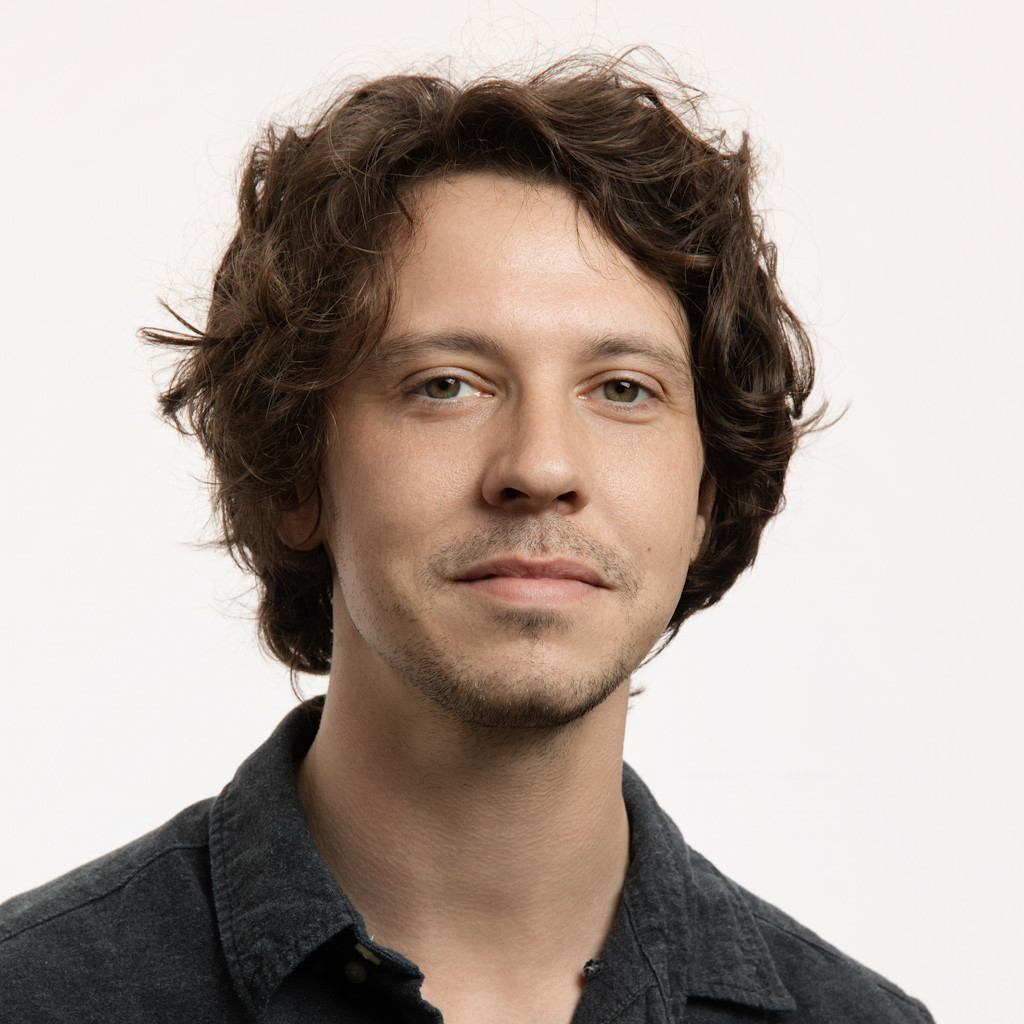
The Fort Distillery strikes a deal with Rogers Place
By
Dustin Scott
A Fort Saskatchewan distillery that has had success getting its product into the United States is celebrating a more local coup: getting two of its offerings into Rogers Place. The Fort Distillery's Mountain Pass Whisky and a mixed-cocktail beverage called Tumbler & Rocks are now available at the arena.
"It speaks to the quality of our product," CEO Nathan Flim told Taproot. "Rogers has some serious protocols; you can't just walk in and sell them something."
Tumbler & Rocks, which offers bottled cocktails such as cosmopolitans and daiquiris, was in development when the pandemic hit. It launched in May 2020, just in time to help takeout-only restaurants offer cocktails to customers, who in turn could enjoy a fancy drink without buying all the ingredients and learning how to mix them.
"I get it," said Flim. "I would go home at the end of the day and drink a beer instead of a cocktail because I was tired. We wanted to offer another option that tastes good."
Tumbler & Rocks has also been key to The Fort Distillery's ability to penetrate the American market, gaining a foothold in eight U.S. states, which helped the company not only survive but thrive during the pandemic.
As happy as Flim is to have local support for the distillery, which he founded in 2018 after earning a chemistry degree, he said he has realized that leaning into the localness of his product has its limits.
"I would go down to Calgary and say, 'We're a local Edmonton distillery,' and be told, 'Why do we care? We have distilleries in Calgary.' So we branded our product on its quality."
Mountain Pass will be the house whisky at Rogers Place, and Tumbler & Rocks cosmopolitans will be available throughout the arena. Two bars on the suite level will also offer a wider variety of cocktails from the distillery.
Now Flim just needs to make sure his supply chain can handle this success. "Expanding too quickly is always on my mind," he said. "The last we want is to fill a Rogers order and then not be able to fill an order for New York."
Photo: Nathan Flim, CEO of The Fort Distillery, enjoys some of his product. (Supplied)




